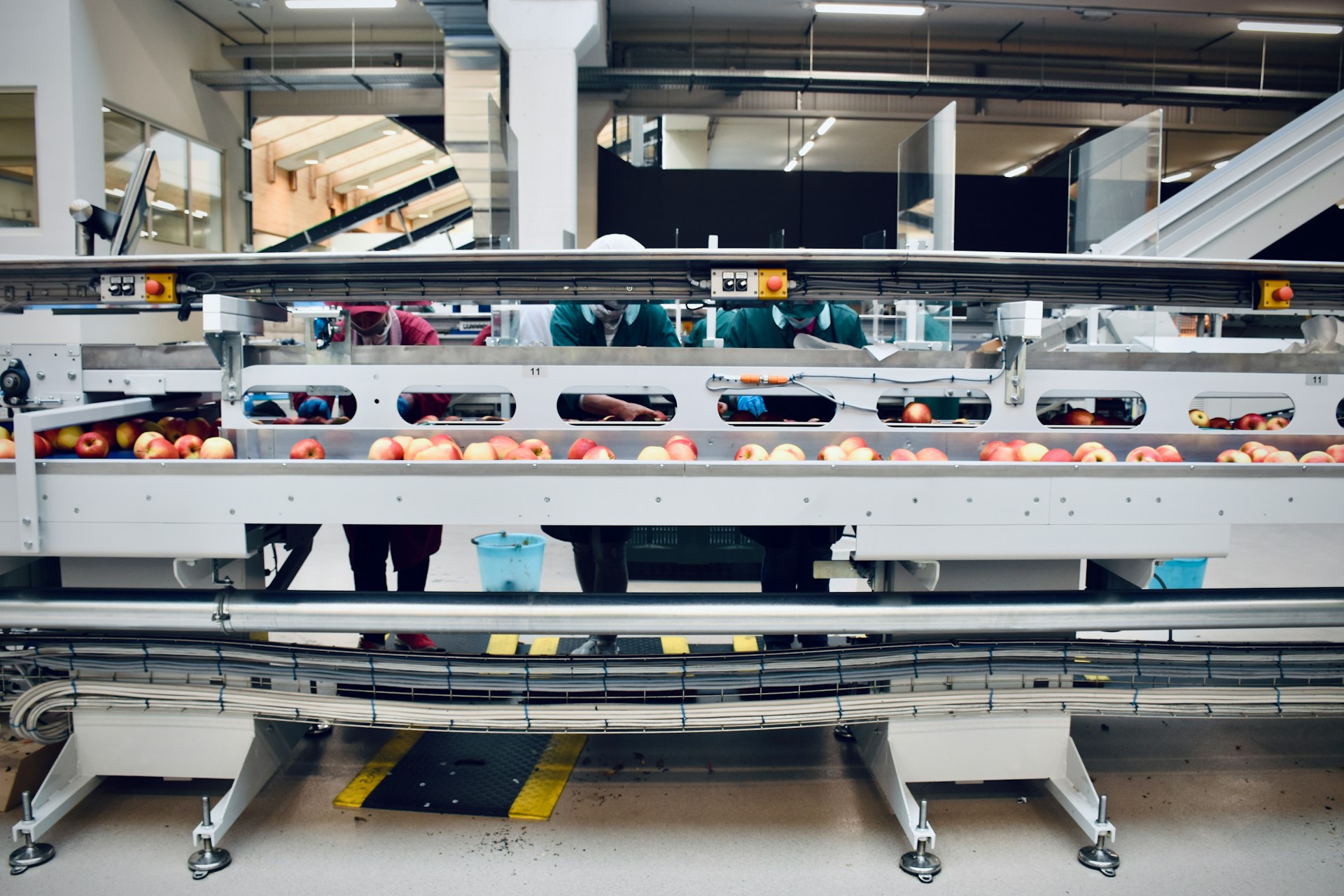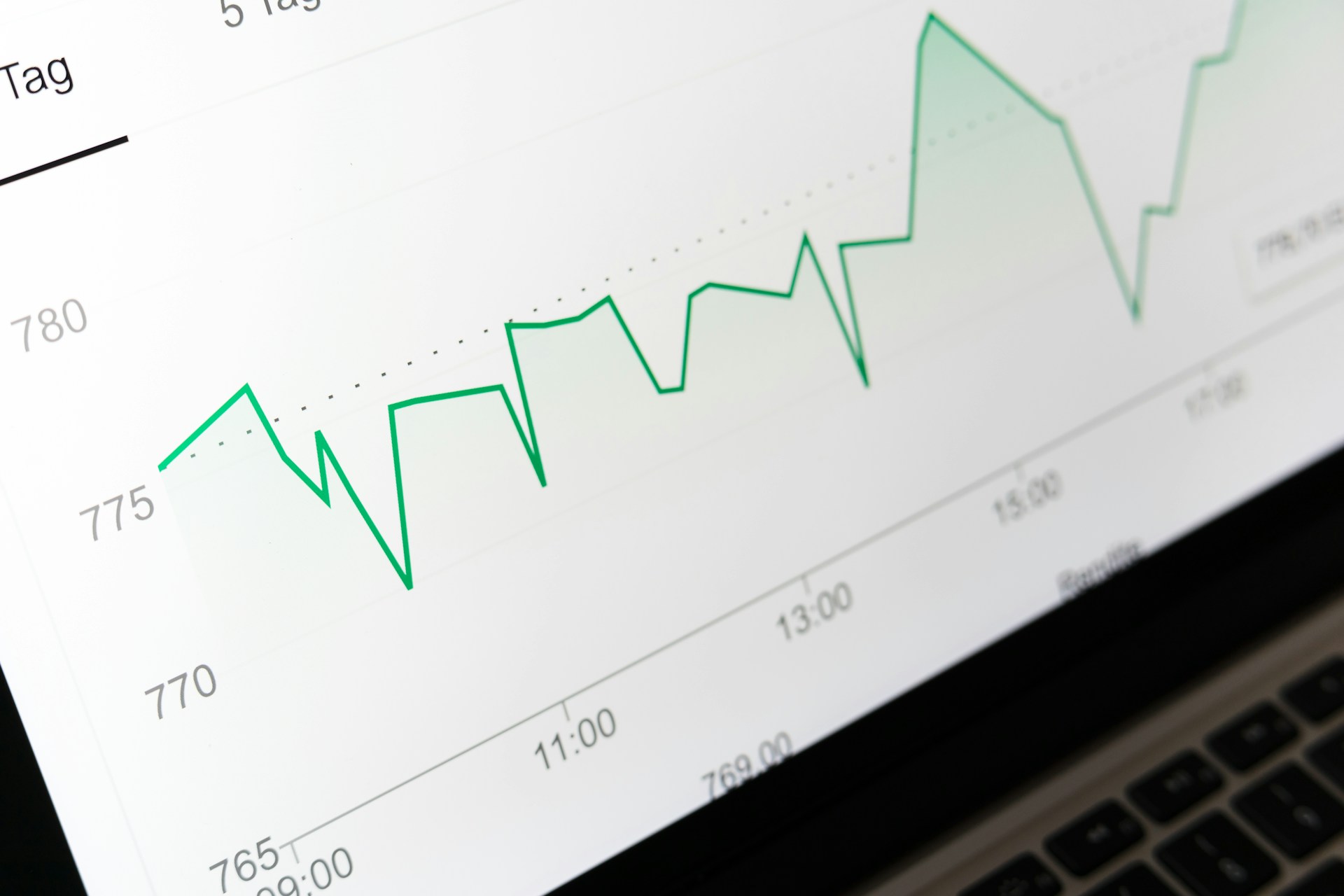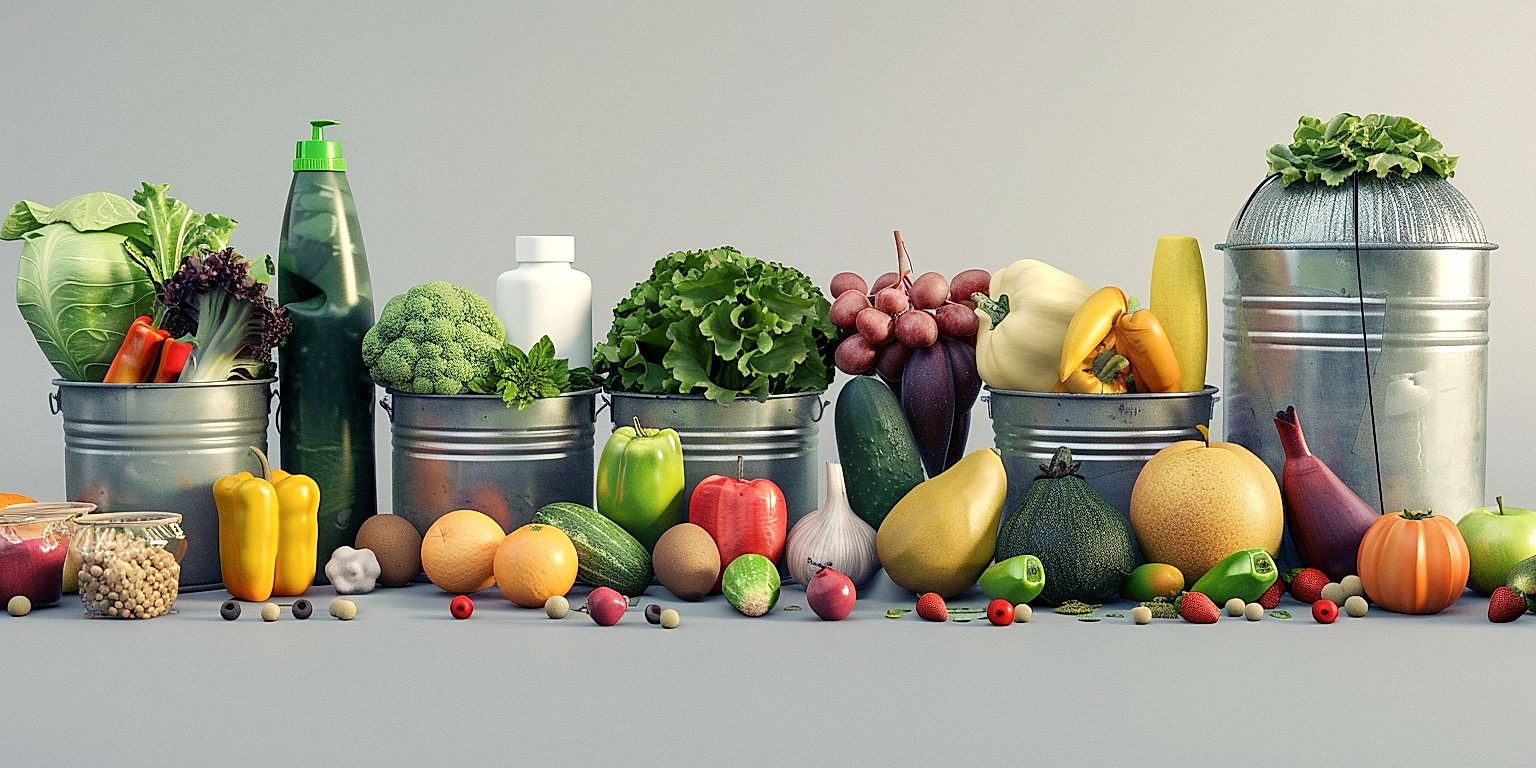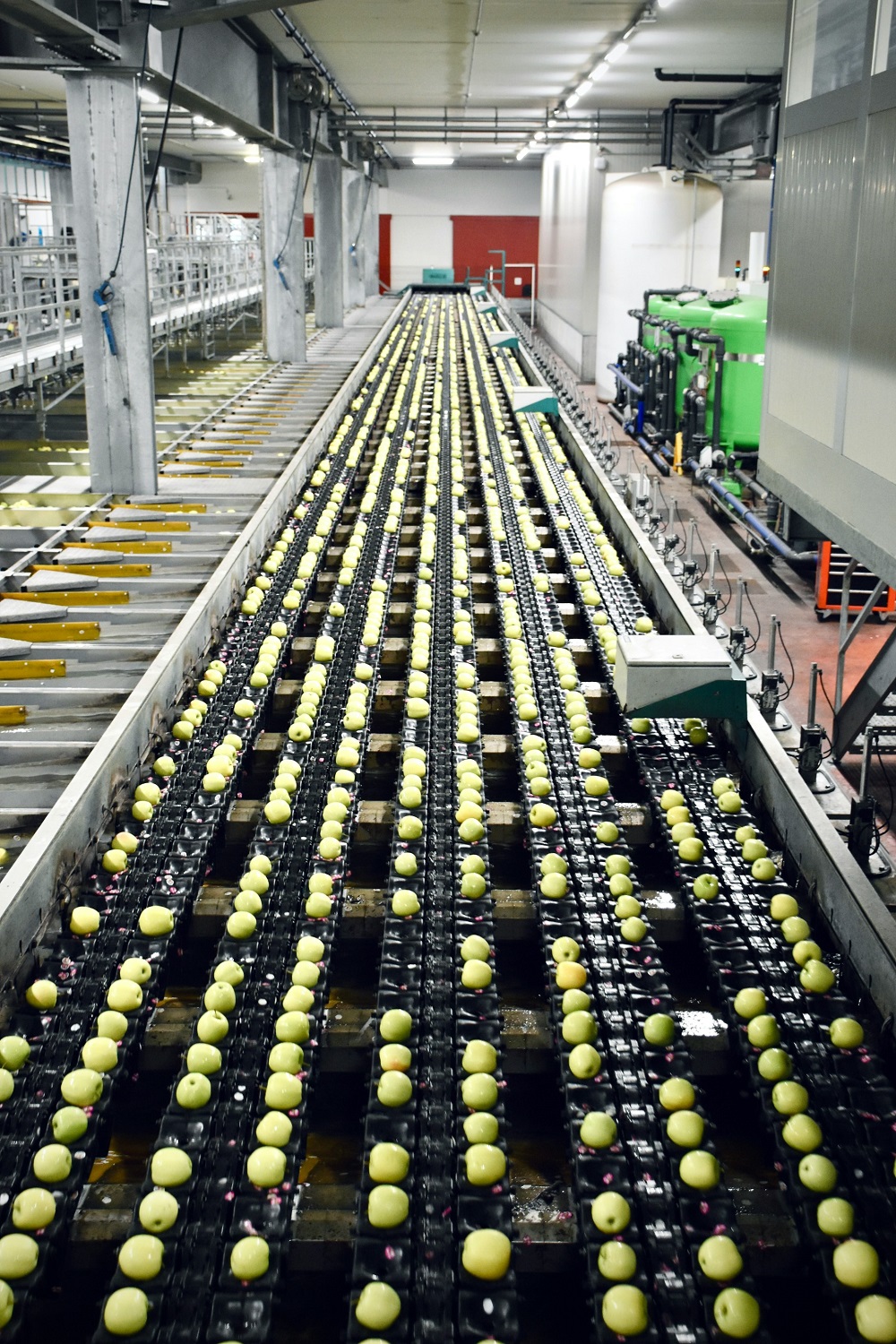In recent years, technological strides have been effecting transformative changes across various sectors.
One that has undeniably felt the ripple effect of this technological tide is the agricultural sector.
Particularly, the realm of produce processing has been witnessing significant advancements in automation.
These modernizations are not only enhancing efficiency but drastically altering operational perspectives.
Indeed, from sorting to packaging, automation is now at the forefront of these processes.
This shift towards automated systems is reshaping the future of the industry.
Contents
Automation Advances In Produce Processing
1. Robotic fruit and vegetable picking machinery.
Technological innovation has significantly evolved the agricultural sector, paving the way for revolutionary changes.
Arguably, one of the most game-changing advancements is the employment of robotic fruit and vegetable picking machinery which tremendously aids in produce processing.
The root of these advancements stems from the efforts to improve efficiency and accuracy in picking, with the ultimate goal of enhancing productivity and capitalizing on cost-effectiveness.
In its most basic form, a fruit and vegetable picking robot is an autonomous machine that uses smart sensors and manipulators to locate and harvest crops.
It is designed to perform complex tasks that would have otherwise been labor-intensive and time-consuming for human operators.
The machinery uses enhanced optical systems and machine learning algorithms to identify ripe produce and separate it from unripe and overripe ones, thereby reducing food wastage and ensuring better crop output.
Furthermore, the use of robotics in harvesting fruits and vegetables minimizes damage to the produce, offering higher quality products for consumers.
The technological sophistication behind these machines, particularly in their ability to seamlessly navigate through, selectively pick and handle delicate crops, is indeed a feat in precision agriculture.
With the integration of robotics, farming practices have become more streamlined and less prone to the intricacies of traditional harvest methods.
Moreover, the implementation of such machinery helps farmers cope with labour shortage issues often faced during harvest seasons, thereby delivering a more reliable and consistent workflow.
As a result, an increasing number of agricultural businesses are investing in robotic fruit and vegetable picking machinery for its potential benefits on operational efficiency, cost-saving measures, and overall farm management.
However, the transition to robotic technology in the sector does not come without its challenges.
For instance, whilst the initial investment for such technology can be significant, the long-term benefits in terms of reduced labour cost, increased productivity and more time-efficient processes often outweigh such concerns.
Ultimately, the growth and development of robotic fruit and vegetable picking machinery is a crucial stride towards the evolution of the agriculture sector, emphasising the undeniable necessity of automation and innovative technology in the emerging model of smart farming.
2. Automated produce grading and sorting systems.
The advent of automation is paving a new way for the agriculture sector, more notably in the development of grading and sorting technologies for fresh produce.
These automated systems are designed to meticulously separate fruits and vegetables based on predetermined characteristics like size, color, or quality.
This process involves high-speed imaging technologies that capture hundreds of images per second as the produce pass along a conveyor belt.
The collected images are analyzed by advanced software algorithms that can discern between various produce qualities and characteristics.
Once the software identifies these attributes, it then orchestrates mechanical devices to sort and allocate the produce into their respective containers or trails.
The innovation in grading and sorting platforms marks a profound shift from labor-intensive, error-prone manual processes to an efficient, automated, and technology-driven system.
These robust systems significantly increase the speed of the grading and sorting process, handling up to thousands of pieces of produce per hour.
Moreover, they significantly enhance the accuracy of detection, reducing wastage and ensuring the highest quality products in the end.
This breeds a plethora of benefits- the most notable being the cost savings achieved by reducing manual labor and increasing operational efficiency.
Alongside, these systems improve worker safety by limiting human interaction with the produce, thereby reducing the risk of injury and contamination.
Furthermore, automated grading and sorting platforms can be customized and programmed to meet unique requirements.
For instance, growers can set specific conditions in the software to segregate a particular batch of fruit based on its ripeness or potential shelf-life.
These customized features enable farmers or processing industries to satisfy distinct customer demands and adhere to stringent quality standards.
Automated sorting and grading systems undoubtedly ensure consistency and uniformity in the quality of produce being supplied to the market.
On a larger scale, they represent a significant stride forward in meeting the global demand for sustainable and efficient food production.
Although these systems command a high initial investment, the long-term gains in operational efficiency, cost savings, and consistent high-quality output certainly justify this expense.
3. Smart Irrigation and Fertilization Technologies
In the realm of agriculture, smart irrigation and fertilization technologies present a revolutionary approach towards achieving efficient and sustainable farming.
These technologies, underpinned by the concepts of automation and precision agriculture, have great potential in enhancing productivity while minimizing wastage and environmental impact.
Essentially, they utilize sophisticated sensors, data analytics, and automated equipment to deliver water and nutrients to crops when needed, in the right amounts.
This is a marked departure from traditional methods, which often involve blanket applications, leading to inefficiencies and potential overuse of resources.
Sensors contribute significantly to the working of these smart technologies, as they collect various data points that aid in informed decision-making.
The data gathered can include soil moisture levels, nutrient content, weather conditions, and more.
For instance, if sensors read too much moisture in the soil, the irrigation system can be automatically adjusted to stop further watering, preventing water wastage.
Moreover, these technologies can adapt to real-time changes, adjusting irrigation and fertilization schedules based on current data, rather than sticking to predefined schedules.
This adaptability not only enhances productivity but also contributes to increased water and nutrient use efficiency.
In terms of fertilization, precision agriculture technologies can determine specific nutrient needs of each plant, virtually eliminating the risk of over or under-fertilization.
Applying the required amount of water and fertilizer at the right time is crucial for crop health and growth, which ultimately increases yield quality and quantity.
By reducing excess applications of water and fertilizers, these smart technologies also mitigate negative environmental impacts such as runoff pollution and groundwater contamination.
In addition, smart irrigation and fertilization systems can be controlled remotely via smart devices or computer systems, adding to their convenience and ease of use.
Farming automation, assisted by these smart technologies, allows for accuracy in the application of resources and improved operating efficiencies.
Therefore, while initial costs may be high, the systems’ long-term benefits, coupled with increasing affordability of technology, make them a worth considering for farmers who want to maximize production while conserving resources.
4. Large-scale Hydroponic and Aquaponic Systems
The world of agriculture is witnessing an innovative turn with the advent of large-scale hydroponic and aquaponic systems.
These systems are not only stemming the tide against traditional farming methods but also paving ways for more efficient and sustainable farming methods.
Modern farms equipped with these technologies are able to produce large quantities of fresh produce with less water, land, and labor.
Despite the high upfront costs, the returns on the investment have been found to be tremendous considering the long-term gains.
An astounding facet of these systems is their capability to grow plants year-round, irrespective of the seasonal changes.
The use of these systems helps protect crops from soil-borne diseases and pests, thus reducing dependency on pesticides.
A significant step to reduce environmental degradation, they are revolutionizing traditional farming by risk minimization and control over growth conditions.
Even the taste of the produce is reportedly better due to the controlled environment and precise nutrient management.
The automation in these systems allows for the meticulous control of critical variables such as light, temperature, PH levels, and nutrient concentration that directly affect plant growth.
This immense control enables the consistent production of high-quality produce, that eventually results in enhanced profitability.
Large hydroponic and aquaponic systems also involve automation in seeding, transplanting, and harvesting, which significantly reduces the need for manual labor.
This reduction in labor needs has proven to be a major advantage amid the labor shortage crises around the global agricultural sector.
Apart from assisting in harvesting high-quality produce, these systems through their automated nature exhibit great potential for agricultural research.
They provide a perfect platform for novel scientific developments in plant genetics, plant-pathogen interactions, and pest management strategies.
Due to these multiple benefits, large-scale hydroponic and aquaponic systems are greatly contributing to meeting the ever-increasing demand for fresh produce in an efficient and sustainable manner.
It can be expected that with further technological enhancements, these systems will play an even greater role in reshaping the future of agriculture.
5. Marine-based automated seaweed cultivators
When discussing the topic of Automation Advances in Produce Processing, we cannot gloss over the emerging niche of marine-based automated seaweed cultivators.
Automation in seaweed cultivation is a pivotal stride within the aquaculture sector, representing significant efficiency and sustainability enhancements.
Seaweed farming, often labor-intensive and time-consuming, has been revolutionized by the advent of automated cultivators.
These machines intelligently perform tasks once reliant on manual labor, transforming the ocean farming landscape by enabling the cultivation, harvesting, and processing of seaweed on an unprecedented scale.
Within these cultivation systems, a diverse range of seaweed species can be farmed, each requiring different growth conditions, set by the machines’ programmable parameters.
The integration of advanced sensor technology in these cultivators allows for real-time monitoring of water quality, temperature, pH, light intensity, and nutrient levels, all crucial for optimal seaweed growth.
Moreover, the use of Machine Learning and Artificial Intelligence (AI) in these cultivators remarkably elevates their operational efficiency.
Onboard AI algorithms analyze data acquired from the sensors, ensuring that these machines automatically adjust and optimize the growing conditions for maximum productivity.
Automatic cultivators significantly reduce labor costs, as these machines carry out the arduous tasks of planting, tending, and harvesting without human intervention.
This aspect brings in a new dimension of cost-effectiveness combined with increased yields and reliability.
Additionally, these machines minimize the environmental impact of seaweed farming due to their fuel-efficient and low-emission operation.
Automated marine cultivators are, thus, instrumental in the conscientious cultivation of seaweed, promoting sustainability and profitability in the aquaculture sector.
The colossal stride in technological advancements, such as marine-automated seaweed cultivators, underscores the potential of automation in transforming the agriculture and aquaculture industries.
While this sector is still in its nascent stage, it marks a promising frontier in the realm of automated food processing.
Future developments in this area could indeed be revolutionary, providing sustainable and efficient methods for large-scale seaweed production.
Given the surging global demand for seaweed, these automated cultivators offer a viable and efficient solution for this growing industry.
The Bottom Line
The future of agriculture resides in the harmonious unison of technology and nature.
Innovations in robotic harvesters, smart irrigation and automated sorting systems prove to be beneficial in both easing laborious tasks and increasing productivity.
Marine-based automation and large-scale hydroponic and aquaponics systems further underscore the potential of these advancements, pushing the boundaries of traditional farming methods.
While these developments promise a more sustainable and efficient agricultural sector, they also underline the importance of continuous research and innovation to address the evolving challenges in food production.




